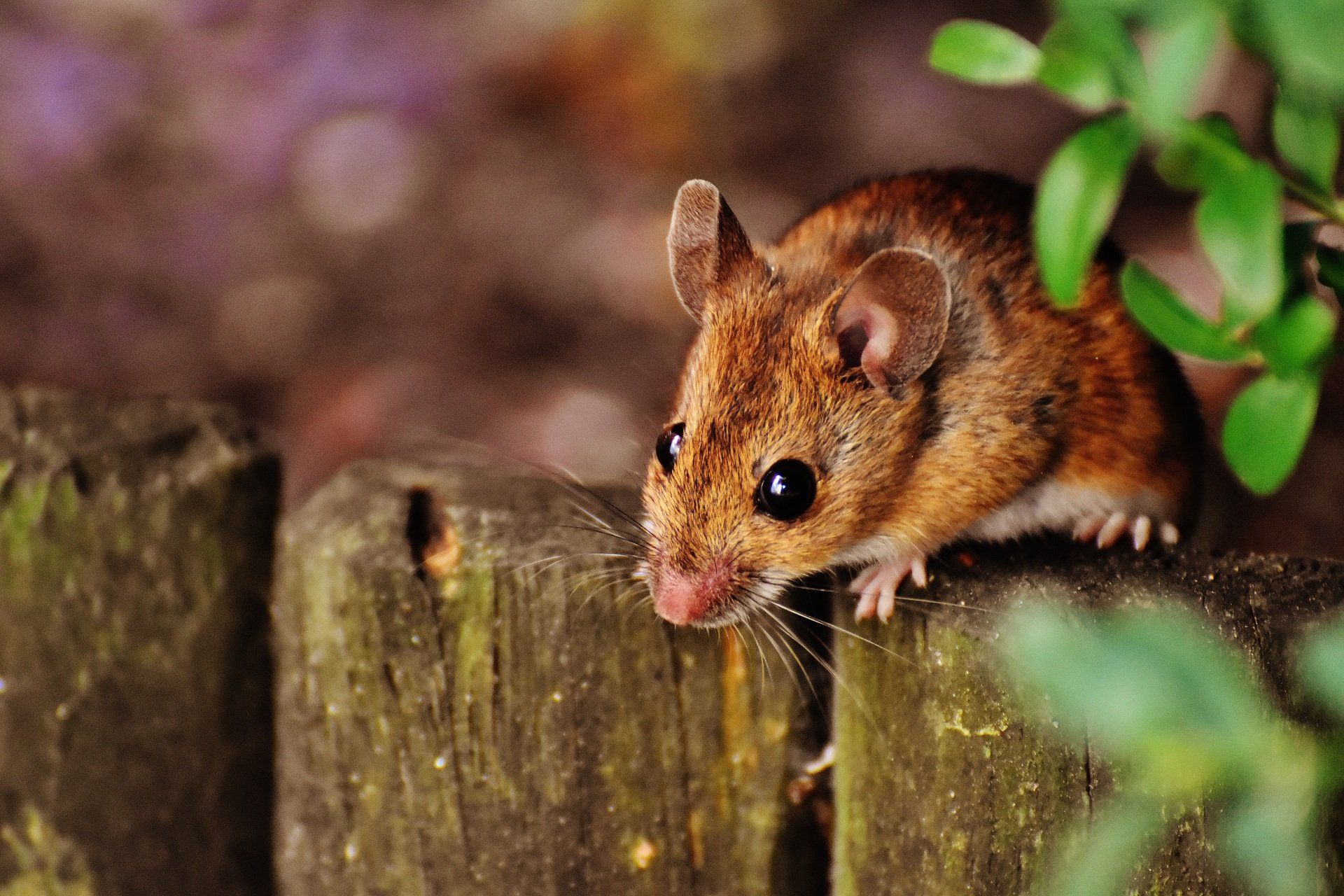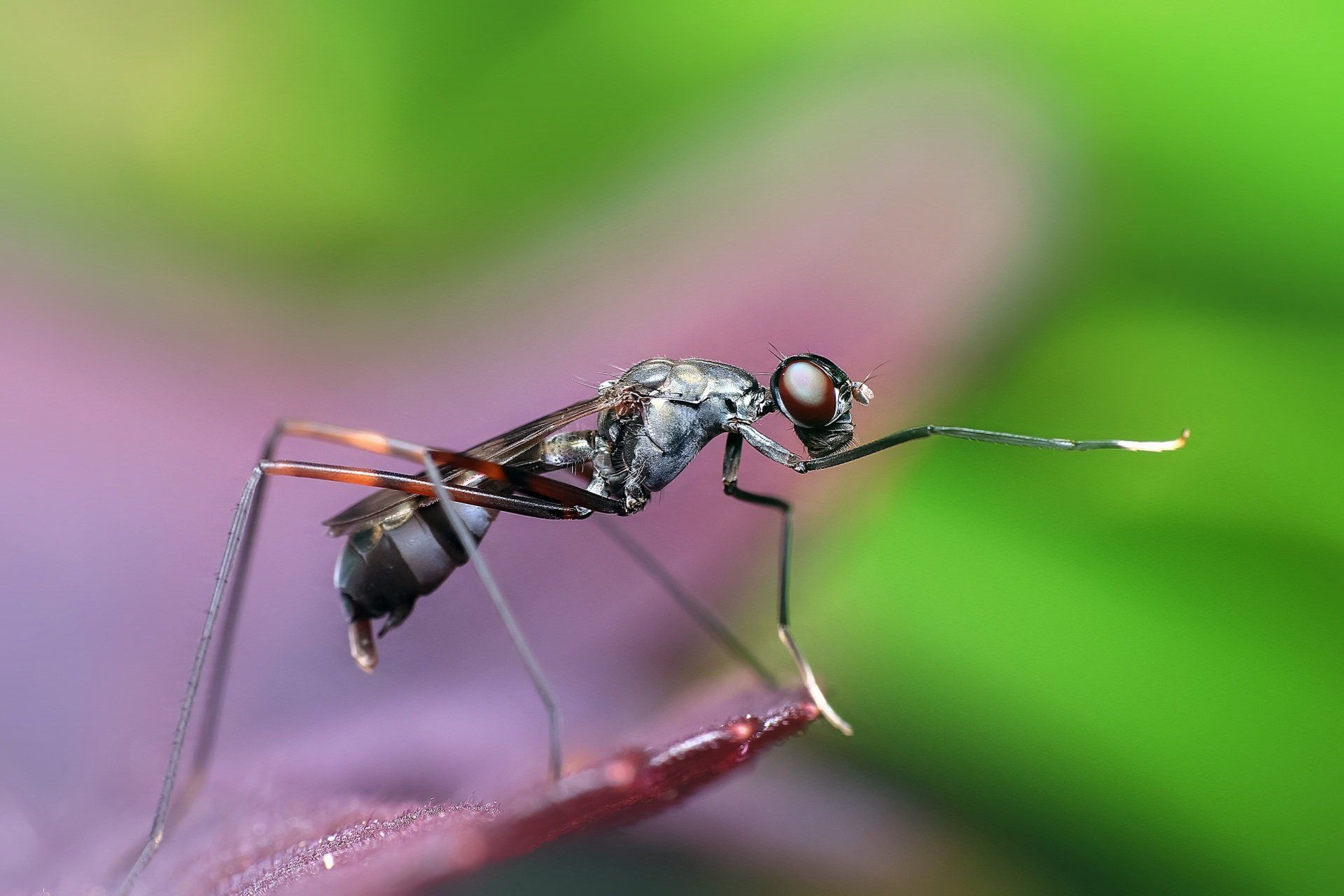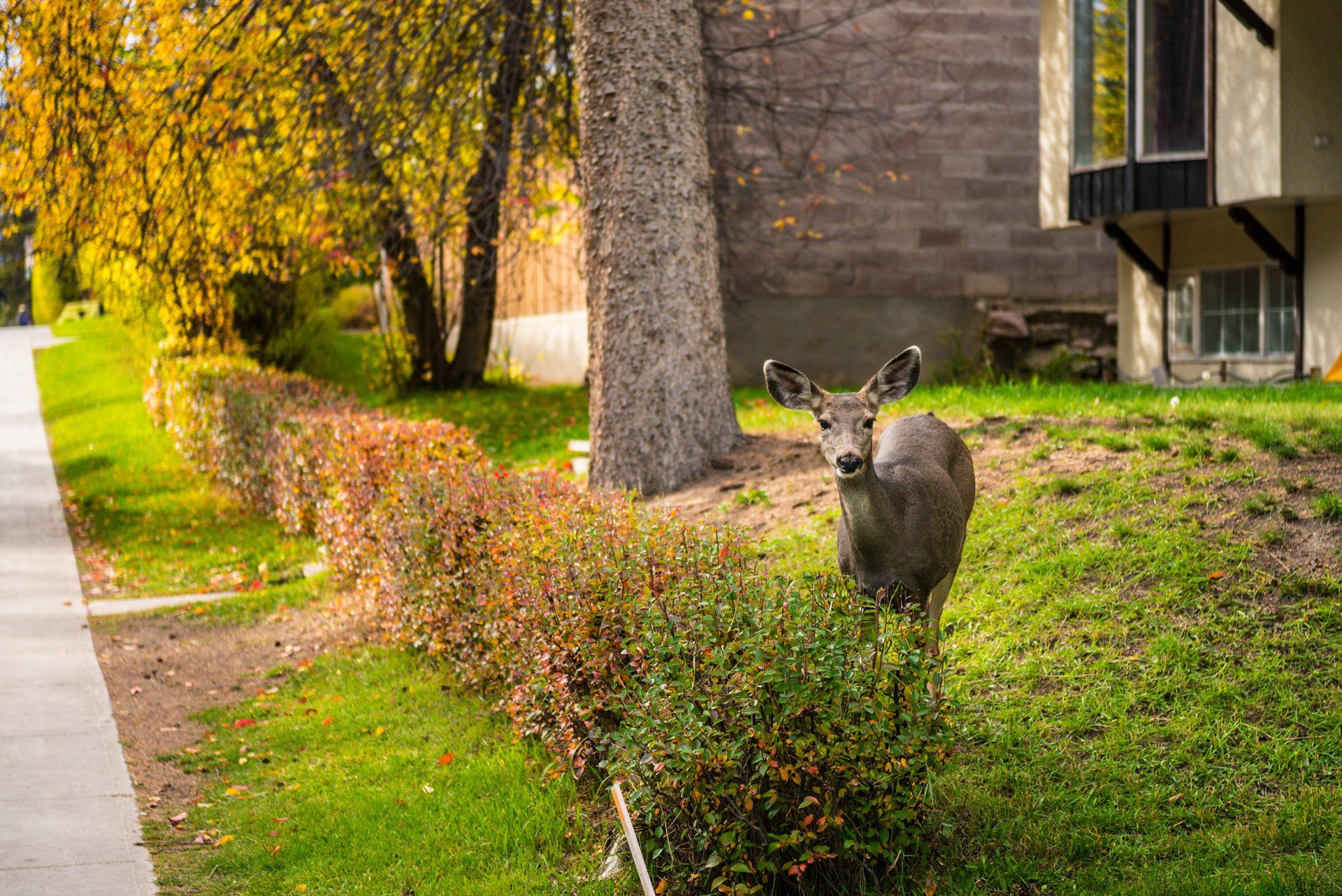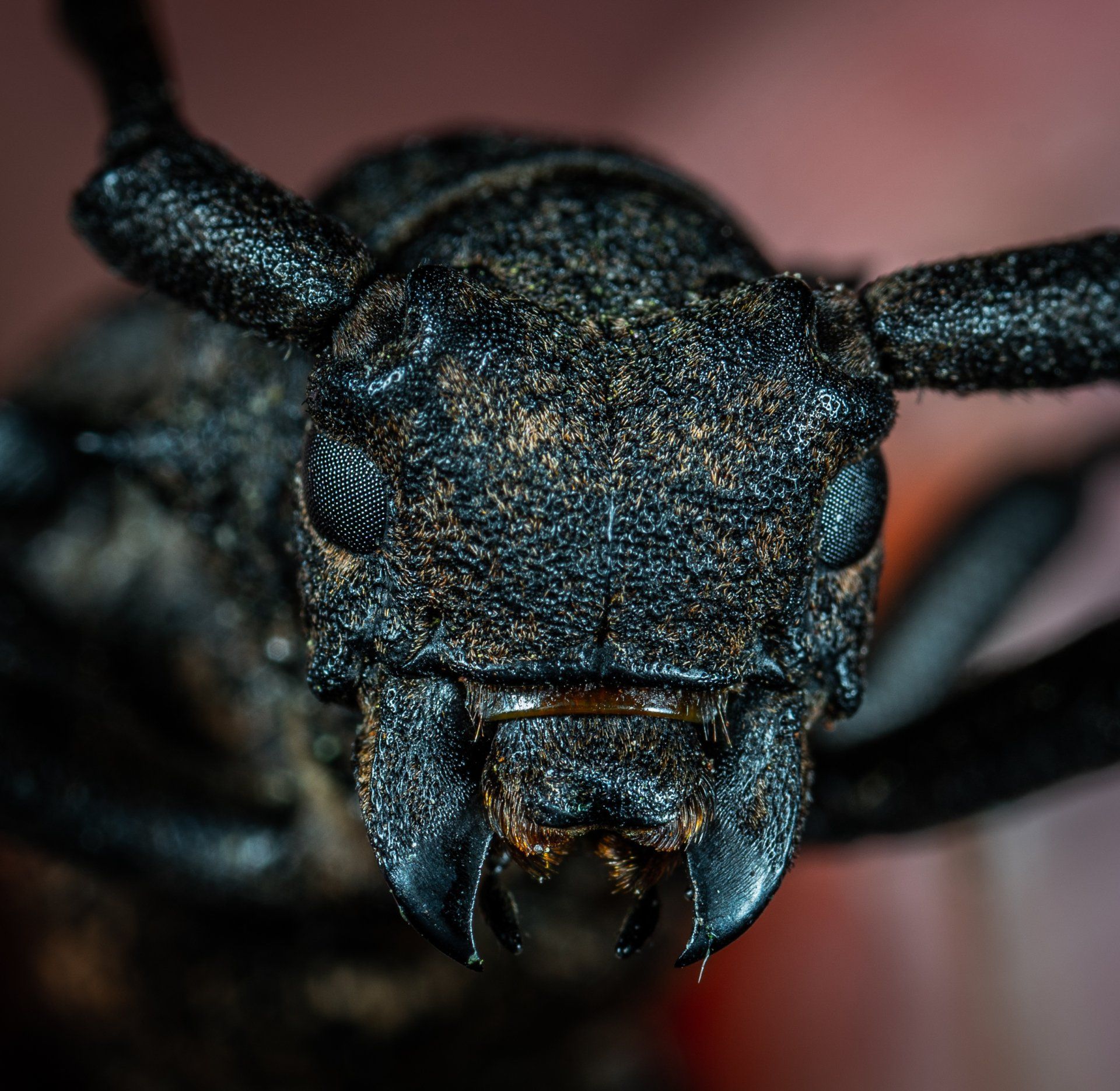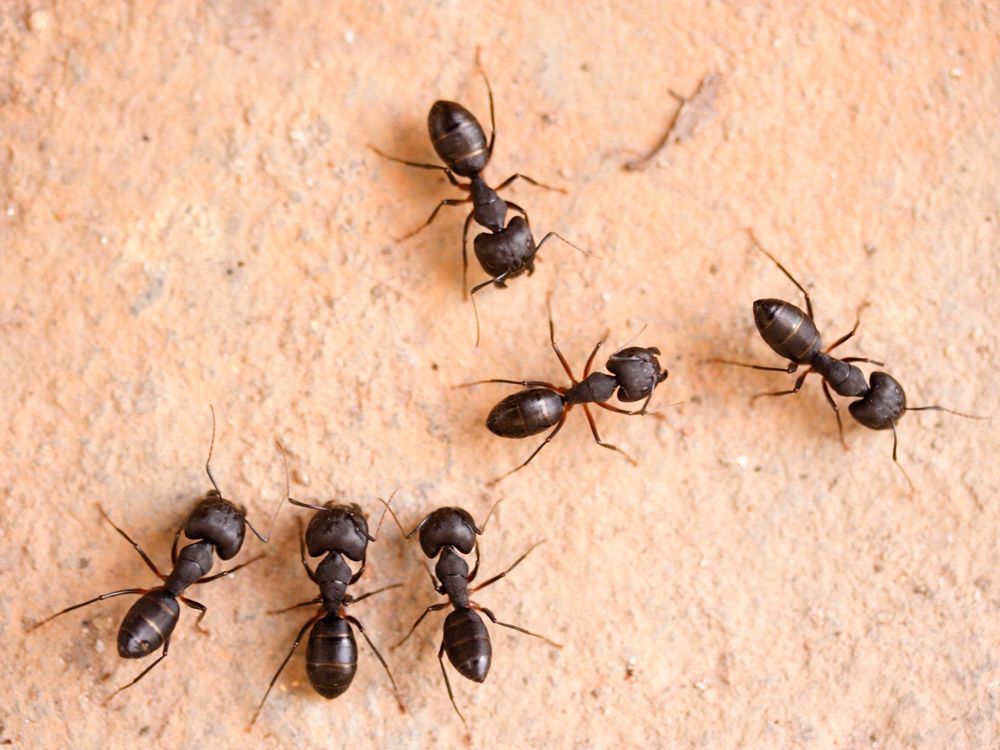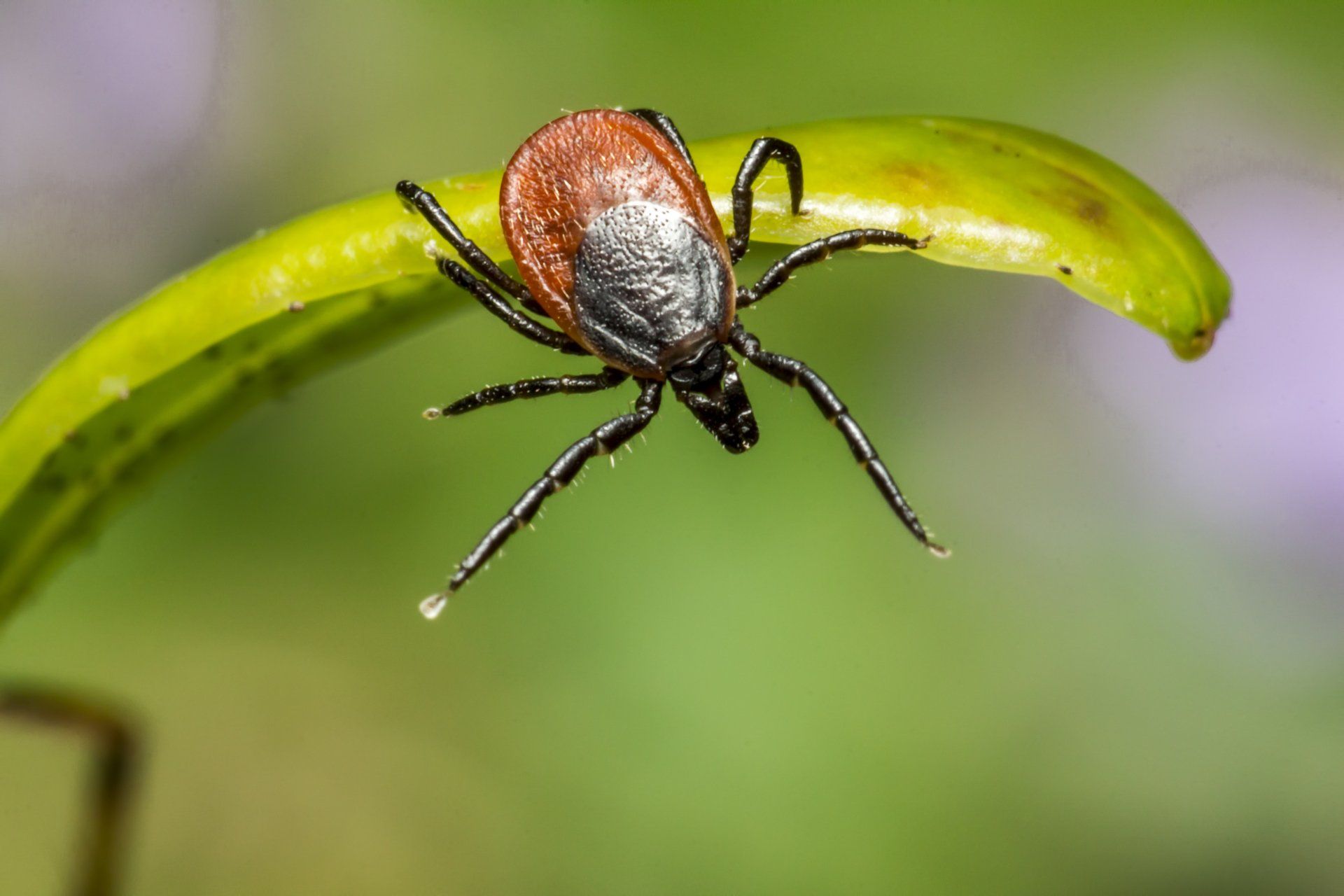How to Get Rid of Cave Crickets
Keep your home free from cave crickets.

Do you have cave crickets in your home? If you think they’ll leave come fall, you’ll be shocked to learn that they can live upwards of two years.
They commonly reside in large groups, so where there is one cave cricket, there are many. Females lay eggs in the springtime that hatch in April and these pests migrate indoors in search of moisture, as dry weather threatens their survival. This is why you’ll see the cave crickets in your basement, garage, and crawlspace.
If these pests infiltrate your home, you don’t have to worry about a cave cricket bite, as they don’t have fangs. But you do have to worry about the damage they can cause to your home.
They’re a nuisance to clothing and fabrics and can ruin textiles. They’re known to gnaw on anything, including plants, wood, cardboard, and even one another.
There are several steps you can take to keep cave crickets out of your home, but the best course of action is to contact a
pest control company before you see an infestation.
Cave Cricket Traps
Sticky traps and glue traps are available at hardware stores. You can also make a sticky trap using duct tape or buy one of the many types, commercially sold at home improvement stores. To increase the chances of your sticky trap catching cave crickets, add a little bit of cat food or moldy bread to attract them. You'll quickly find that there may be more crickets living inside of your home than you thought!
Dehumidifier
You can work to prevent cave cricket infestations by reducing your home’s moisture levels.
Dehumidifiers work to keep the moisture level low inside your home, controlling dampness. In turn, you should see fewer cave crickets.
Begin by determining the dimensions of the room where you’ll place a dehumidifier. Measure the length and width of the room and multiply them together. Once you know the size of the space, you can purchase the right size dehumidifier.
Keep Your Home’s Exterior Clean
Cave crickets are drawn to long grass and other dense vegetation that may be surrounding your home and garden beds. Always keep your
lawn mowed and trim shrubbery that’s close to your house.
Keep trash cans away from your home as well, as cave crickets (and pests in general) feast on old, rotting food. You should also empty your trash cans frequently.
Seal Your House From Cave Crickets
Inspect your home and look for cracks and crevices. Check your walls and window sills, along with screens.
If you spot any cracks or holes, seal them to block off entry points for cave crickets and other pests. Keep doors and windows closed to help prevent cave crickets from entering. When you do open your windows, check that you installed your screens properly.
Diatomaceous Earth
If you’re looking for
non-toxic pest control that deters cave crickets from entering your home, consider Diatomaceous Earth (DE). This fine, off-white powder is made from fossilized marine phytoplankton.
It lacerates a cave cricket’s exoskeleton, which can cause them to dehydrate. DE is safe for children and pets and readily available for purchase online and at garden centers.
How to Get Rid of Cave Crickets
Although all of these options can get rid of cave crickets, the best way to treat them is with pest removal services. Specially trained professionals have the proper tools and equipment to preemptively treat cave crickets before they infest your home.
Serene Property Services is equipped to tackle all your commercial and residential pest removal needs. We service Sussex County, NJ, and Warwick, NY.
Contact us today for an estimate.
We will get back to you as soon as possible
Please try again later
About Us
Contact Info

